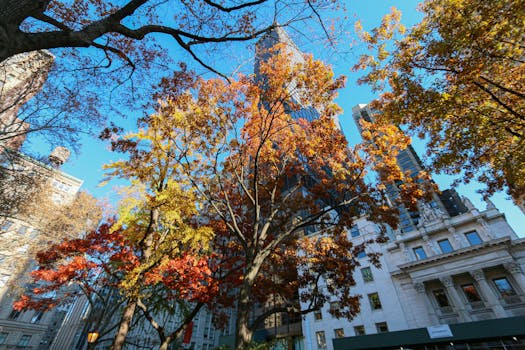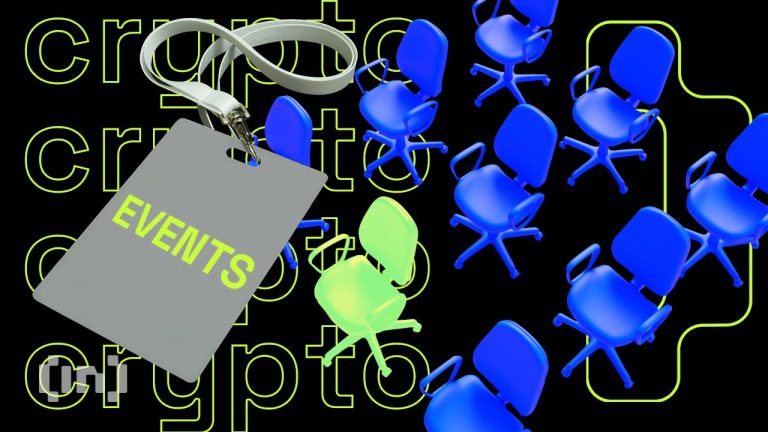
Introduction
Smart cities are rapidly evolving urban environments that leverage technology to enhance the quality of life for their residents. As we look towards 2025, the integration of advanced technologies in urban planning is set to redefine how cities operate. For more insights on future trends, check out our article on The Evolution of E-commerce by 2025.
Technology Integration
The backbone of smart cities is the integration of technology in everyday life. From IoT devices that monitor traffic patterns to AI systems that optimize energy usage, these technologies are essential for creating efficient urban spaces.
IoT Applications
Internet of Things (IoT) devices play a crucial role in smart cities. They collect data from various sensors distributed throughout the city, enabling real-time decision-making. For instance, smart traffic lights can adjust their timing based on current traffic conditions, reducing congestion. This integration of technology is akin to the allure of luxury cars that enhance user experience.
AI and Data Analytics
AI and data analytics help city planners make informed decisions. By analyzing data collected from various sources, cities can predict trends and allocate resources more effectively, leading to improved public services.
Sustainability Initiatives
As urban populations grow, sustainability becomes a critical concern. Smart cities are adopting green technologies to minimize their environmental impact while ensuring economic growth. For a deeper understanding of elegance in sustainability, explore Pure Refined Elegance.
Renewable Energy Sources
Many smart cities are investing in renewable energy sources like solar and wind power. These initiatives not only reduce greenhouse gas emissions but also create energy independence for urban areas.
Green Transportation
Transportation is a significant contributor to urban pollution. Smart cities are promoting electric vehicles and public transportation systems that utilize clean energy, encouraging residents to opt for greener modes of travel.
Urban Planning Innovations
Innovative urban planning strategies are essential for accommodating rapid population growth while maintaining a high quality of life.
Mixed-Use Developments
Mixed-use developments combine residential, commercial, and recreational spaces, promoting walkability and reducing reliance on cars. This approach fosters a sense of community and enhances urban living.
Smart Zoning Laws
Smart cities are revising zoning laws to facilitate flexible land use, allowing for dynamic responses to changing urban needs and promoting sustainable growth.
Conclusion
As we approach 2025, the vision for smart cities is becoming clearer. By embracing technology, sustainability, and innovative planning, urban areas can evolve into healthier, more efficient, and more livable spaces for future generations.




